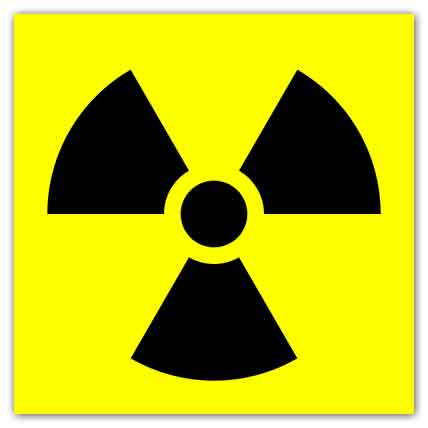|
Researchers at the Medical College of Wisconsin have identified novel biomarkers that could be used to confirm exposure to damaging radiation in large groups of people potentially exposed to unknown and variable doses for the purpose of triage and treatment.

There is an urgent need for rapid, accurate and sensitive diagnostic platforms to confirm exposure to radiation and estimate the dose absorbed by individuals—whether that exposure is a result of radiological terrorism, nuclear power plant accident, or nuclear warfare.
Clinical symptoms do not provide adequate diagnostic information to triage and treat life-threatening radiation injuries; furthermore, the United States has been found to be ill-suited to evaluate and triage large groups of patients with potential radiation
exposure.
In this study, researchers examined the microbes found in rat feces before and after exposure to radiation. Changes were identified in the levels of 212 genomically distinct bacteria, of which 59 are found in humans. Those changes persisted at least 21 days following the exposure to radiation. One particular type of microbe, Proteobacteria, increased almost one-thousand fold four days following
irradiation.
"If there were to be a radiological terrorism scenario, there could be hundreds of thousands of people that would be present around the ground zero area, and limited medical resources available to evaluate their exposure levels," explained Dr. Baker. "Analyzing microbial signatures in those patients would be a non-invasive way to obtain results in a timely fashion, and allow us to commit resources to patients in need of
intervention."
The findings are published in the May 1 issue of Radiation Research. John E. Baker, Ph.D., professor of surgery, biochemistry, pharmacology and toxicology at the Medical College of Wisconsin, is the lead author of the study.
Other authors of the study include Vy Lam, Ph.D.; John E. Moulder, Ph.D.; Nita H. Salzman, M.D., Ph.D., the Medical College of Wisconsin; and Eric A. Dubinsky, Ph.D.; and Gary L. Andersen, Ph.D.; from Lawrence Berkeley National Laboratory in California. Dr. Andersen has an affiliation with Second Genome. Dr. Baker has an affiliation with Tricorder Diagnostics and the Foundation for Heart Science. The other authors report no such
affiliation.
For more information
Medical College of Wisconsin
(MDN)
|
![]()